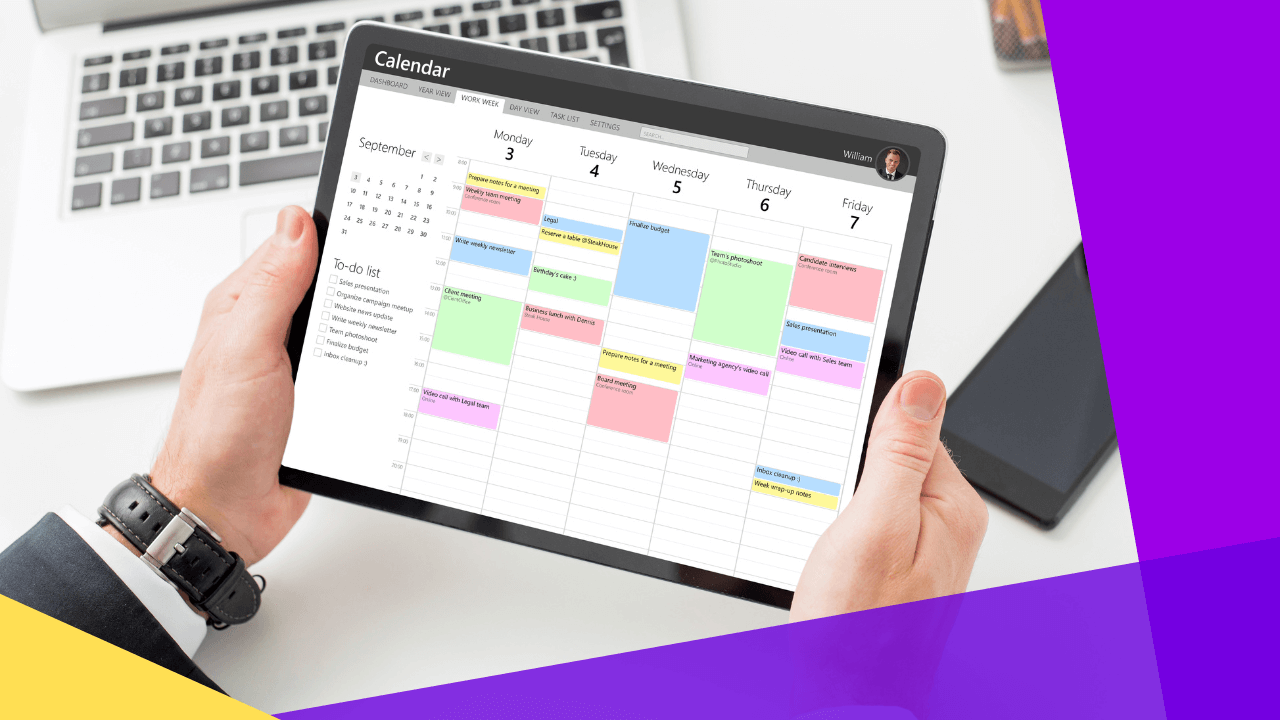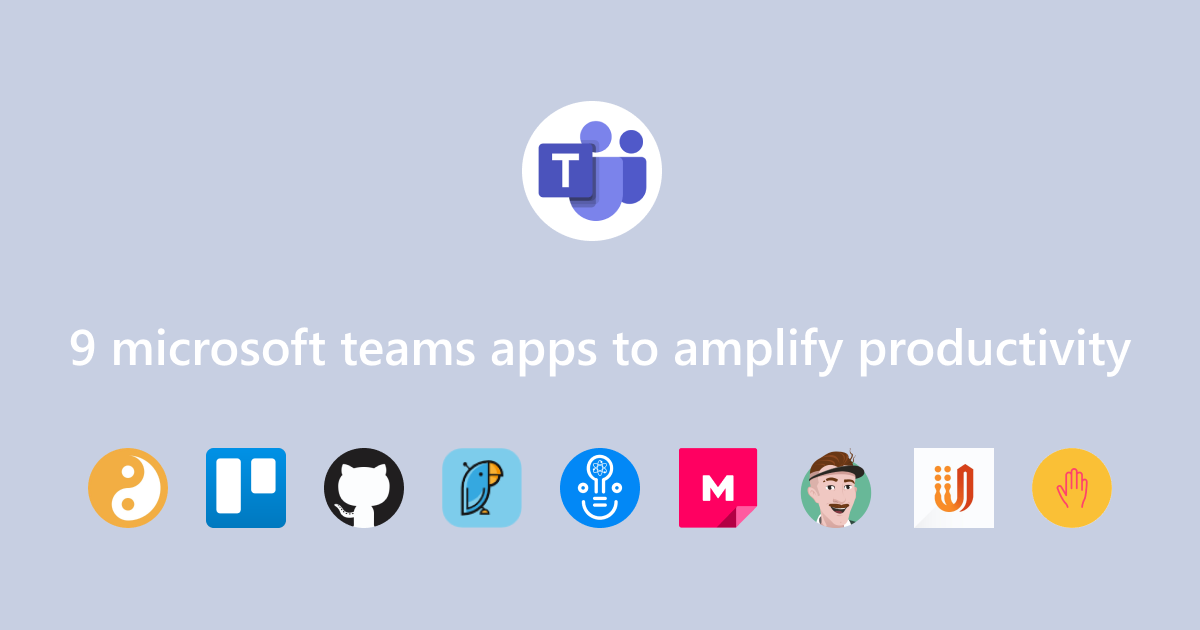Productivity Apps for Teams: Boosting Collaboration and Efficiency
Productivity apps for teams are essential tools for modern businesses, offering a range of benefits that enhance communication, collaboration, and overall productivity.
From task management and file sharing to time tracking and scheduling, these apps streamline workflows, improve efficiency, and empower teams to achieve more.
Overview of Productivity Apps for Teams

Productivity apps for teams are software tools designed to enhance collaboration, streamline workflows, and boost productivity within teams. They offer a range of features to help teams manage tasks, share information, communicate effectively, and track progress.
Using productivity apps for teams offers numerous benefits, including:
- Improved collaboration and communication
- Increased efficiency and productivity
- Enhanced project management and task tracking
- Reduced time spent on administrative tasks
- Improved team morale and motivation
Some popular productivity apps for teams include:
- Asana
- Trello
- Slack
- Microsoft Teams
- Google Workspace
Types of Productivity Apps for Teams

Productivity apps for teams come in a variety of types, each designed to meet specific needs and improve collaboration and efficiency. Here are some common types of productivity apps for teams:
Communication and Collaboration Tools
These apps enable real-time communication and collaboration among team members. They offer features such as instant messaging, video conferencing, file sharing, and task assignment.
- Slack
- Microsoft Teams
- Zoom
Features to Consider When Choosing Productivity Apps for Teams

When selecting productivity apps for teams, it’s crucial to consider various features that align with your team’s needs and workflow. These features include:
- Integration with other tools:Ensure the app seamlessly integrates with other tools your team uses, such as project management software, communication platforms, and file storage services.
- Ease of use and adoption:Choose an app that is intuitive and easy to adopt, minimizing the learning curve and ensuring widespread usage within the team.
- Security and privacy features:Prioritize apps that offer robust security measures to protect sensitive data, including encryption, access controls, and compliance with industry standards.
- Cost and pricing:Consider the app’s pricing model and ensure it fits within your team’s budget. Evaluate the value proposition and return on investment before making a decision.
Best Practices for Implementing Productivity Apps for Teams

Implementing productivity apps for teams requires a thoughtful approach to ensure successful adoption and effective use. Here are some best practices to consider:
To ensure a smooth implementation, it is crucial to gain buy-in from all team members. Communicate the benefits of the app, demonstrate its value, and address any concerns or resistance.
Provide Training and Support
Once the team is on board, provide comprehensive training to familiarize everyone with the app’s features and functionalities. Offer ongoing support through documentation, tutorials, and dedicated resources to address any questions or issues that may arise.
Set Clear Expectations for App Usage
Establish clear guidelines for app usage, including the intended purpose, expected outcomes, and any limitations. Communicate these expectations to the team to ensure alignment and avoid misuse.
Monitor and Evaluate App Usage, Productivity apps for teams
Regularly monitor app usage to assess its effectiveness and identify areas for improvement. Gather feedback from team members, track usage metrics, and make adjustments as needed to optimize the app’s impact on productivity.
5. Case Studies and Examples of Successful Implementations: Productivity Apps For Teams
Teams across various industries have successfully implemented productivity apps to enhance collaboration, streamline workflows, and boost productivity. Here are some notable case studies and examples:
A global consulting firm deployed a project management app that integrated with their existing CRM system. The app provided a centralized platform for project planning, task assignment, and real-time collaboration. As a result, the firm reduced project completion time by 20% and improved client satisfaction scores by 15%.
Challenges and Successes
While implementing productivity apps, teams often encounter challenges such as:
- App adoption and user training
- Integration with existing systems
- Security and data privacy concerns
To overcome these challenges, teams should:
- Involve users in the selection and implementation process
- Provide comprehensive training and support
- Ensure apps meet security and compliance standards
Examples of Improved Team Performance
Productivity apps have positively impacted team performance in various ways, including:
- Enhanced communication and collaboration
- Improved task management and workflow efficiency
- Increased visibility and transparency
- Reduced time spent on administrative tasks
- Improved decision-making based on real-time data
Last Recap

By embracing productivity apps, teams can unlock new levels of collaboration, streamline processes, and elevate their performance to new heights. Investing in the right tools can make all the difference in today’s competitive business landscape.
FAQ Insights
What are the key benefits of using productivity apps for teams?
Improved communication, enhanced collaboration, streamlined workflows, increased efficiency, and better project management.
What types of productivity apps are available for teams?
Communication and collaboration tools, task and project management tools, file sharing and storage tools, and time tracking and scheduling tools.
What factors should be considered when choosing productivity apps for teams?
Integration with other tools, ease of use and adoption, security and privacy features, and cost and pricing.



